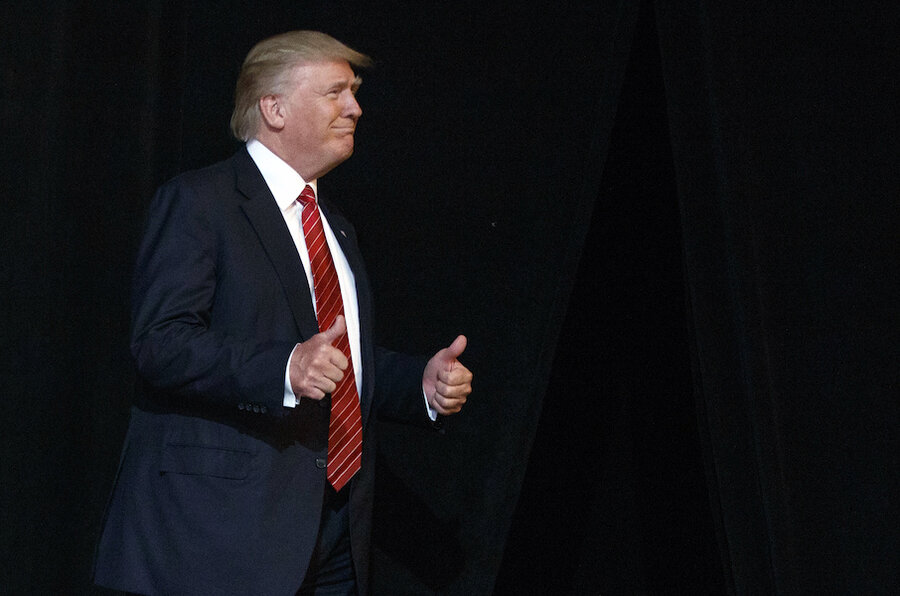Trump's child care tax break won't help most families
Loading...
Lest you’re worried that Donald Trump doesn’t like babies, he’s come out with a proposal he says will reduce the cost of their care. In a talk at the Detroit Economic Club, Trump proposed allowing all families to deduct average childcare costs on their income tax returns. Trump left out key details—the campaign says he’ll provide more details soon—but the plan seems unlikely to benefit many families that struggle to pay for childcare.
Working parents currently can use two tax benefits to offset child care costs: the child and dependent care tax credit (CDCTC) and the exclusion for employer-provided child care. The Treasury estimates that those provisions saved 6.9 million families almost $5.3 billion on their 2015 taxes (a relatively small amount by tax standards). The programs provided larger average combined subsidies to higher-income taxpayers than lower-income families. The reason is simple: deductions, exclusions, and nonrefundable tax credits (such as the CDCTC) don’t benefit people who don’t owe federal income tax. Moreover, deductions and exclusions benefit families with higher tax rates more than those with lower tax rates.
It’s not clear whether Trump’s plan is a deduction or an exclusion—campaign talking points called it an exclusion while the speech referred to a deduction. Further muddying the waters on what the policy actually is, the New York Times reported that Trump’s campaign indicated there would also be a “credit to stay-at-home caregivers” and that the plan “allows parents to exclude childcare expenses from half of their payroll taxes”.
Assuming the proposal is a deduction or exclusion, the provision would be worth nothing for the many households for whom Trump’s proposed quadrupling of the standard deduction would zero out taxable income and hence tax liability. On the other hand, if the exclusion of income extended to payroll taxes, it would help low-income families. A credit would need to be refundable (able to reduce taxes below $0) in order to help most low- and middle-income families.
It’s possible that the plan would increase the exclusion for employer-sponsored child care that exists under current law. That could provide a modest benefit to lower-income households whose employers offer such plans – but historically, very few low-income families have benefited from such a policy.
It’s also possible that the plan would simply create an additional standard deduction for families with qualifying children tied to the average cost of child care. That would be relatively simple, but it would be of no benefit to households that already owe no income tax (before refundable tax credits). If it’s treated as a standard deduction, that would add a small element of progressivity, though, because high-income families that itemize deductions would not benefit (although TPC estimates that only 3 percent of households would itemize under Trump’s proposal).
Child care expenses can represent large burdens, particularly for low- and middle-income families. But, as I noted elsewhere, tax subsidies aren’t generally the best way to help low-income households pay for childcare. Families typically have to pay their childcare bill weekly or monthly. A tax subsidy for childcare that comes at tax time—long after expenses have been incurred—is likely too late to be much help for needy families.
Trump has identified a real challenge affecting working families, but his proposal would do little or nothing to help them.
Posts and Comments are solely the opinion of the author and not that of the Tax Policy Center, Urban Institute, or Brookings Institution. This article first appeared in TaxVox.







